Exploring Ely and the Ward Charcoal Ovens Nevada State Historic Park
- Nikki Emord
- Aug 6, 2024
- 3 min read
During our Great Basin National Park trip, we added in a number of new sightseeing stops along the way. After leaving Baker, we headed West to visit the town of Ely and walk a stretch of the town along Highway 50.
This 1870s stagecoach stop and trading post is the largest city in White Pine County, with a population of approximately 3,962.
Having grown up in a small mountain town and agricultural town, small towns always hold a soft spot in my heart and visiting them is always exciting and eye opening. No matter how many small towns you’ve been to, there is always something to learn and something to see when visiting and in this quick pit stop I loved the brick buildings, giant murals and old signs that adorned the exteriors.
After our visit to Ely was complete, we continued South on Great Basin Highway to visit the first of the three Nevada State Parks we added into our roadtrip.
Nestled in the forested desert landscape of the Egan Mountain Range in eastern Nevada, we arrived at the Ward Charcoal Ovens State Historic Park. Per the usual, I was thrilled to have a dirt road to enjoy to reach the park. Incredibly well-maintained, this dirt road stretched 6.5 miles and led us directly to the parking lot for the park.

Walking the path along the ovens was beautiful in all the high Nevada desert ways. Dirt pathways lined with sagebrush, pinyon pines and juniper trees and even an unexpected small stream. These six beehive shaped stone structures, were used from 1876 to 1879 to reduce the surrounding pinyon and juniper trees into charcoal when the area was being mined for silver ore. Walking the pathways and reading historically signage, we learned that it took a lot of charcoal to reduce ore, and that meant a lot of trees! To fill one oven for charcoal production required six acres of trees. This wood would be left burning for 12 days and together, the six ovens would produce 10,500 bushels of charcoal over the 12 days. While that seems like it would be enough charcoal, it would take 30-50 bushels of charcoal to reduce one ton of ore. Thus the need for the multiple ovens and their proximity to the timber resources. After their use as ovens was over, these structures provided shelter for stockmen and prospectors and even had a reputation for being an effective hideout location for stagecoach bandits.
Now however, they serve as a glimpse into Nevada’s mining history and another exciting location to explore.
During our visit, we walked along the trail visiting each of the six remaining charcoal kilns before heading further into the park to explore the remnants or two lime kilns. These two kilns were used to produce lime mortar, a bonding agent for stones, for the charcoal ovens.

For this visit we hiked along the trail that led to the Ward Charcoal Ovens, Lime Kiln, and Nature Loop. We also enjoyed a very small portion of the Overlook Loop and Willow Creek Trail, stopped short due to the warm temperatures that I wasn’t feeling too keen on exploring in.
In addition to some large lizards who made their appearance along the trails, leaving the park, we had the excitement of seeing a lone Pronghorn Antelope grazing in the sagebrush alongside the dirt road, which served as a new wildlife sighting for us.
My only disappointment with this park visit was discovering that someone had stolen the State Park passport stamp from the trail head so our passport never got its updated ink for our visit.
For our next visit to the park I hope to close out the hiking options and with any luck, the stamp will have been replaced.



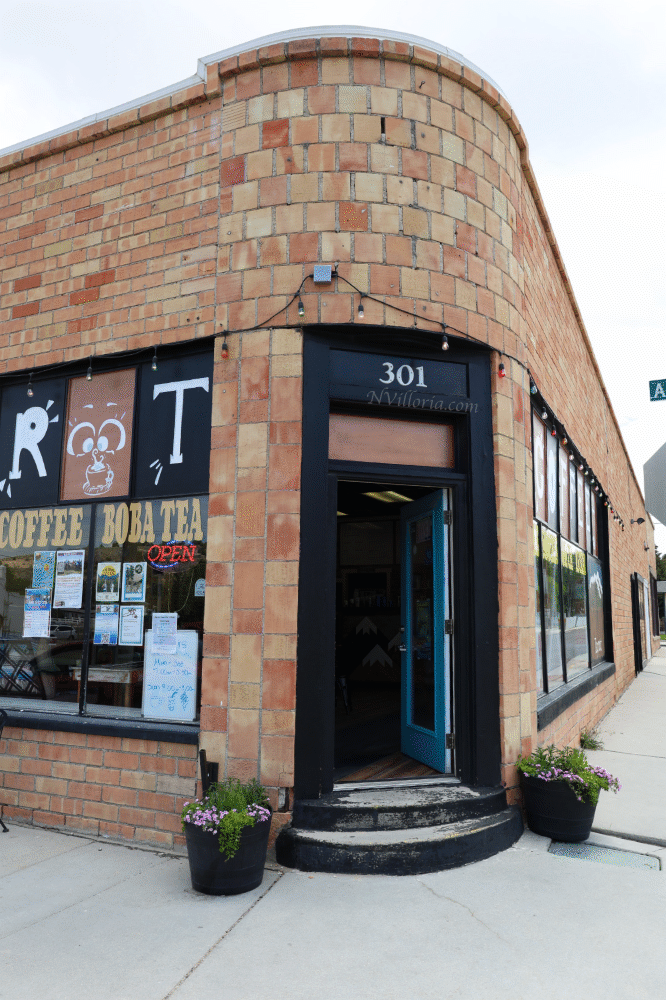
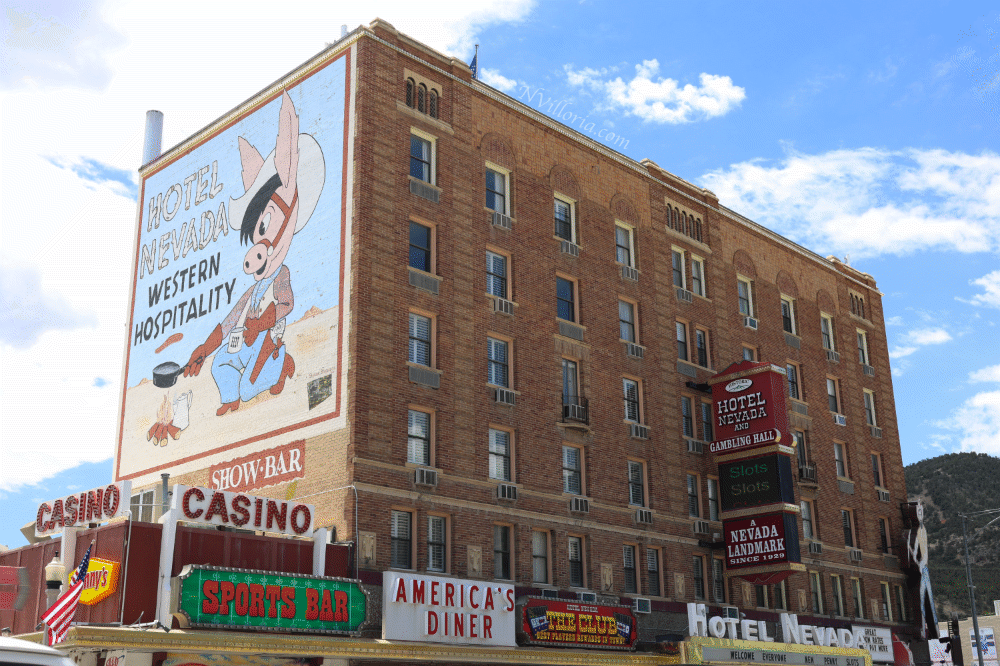
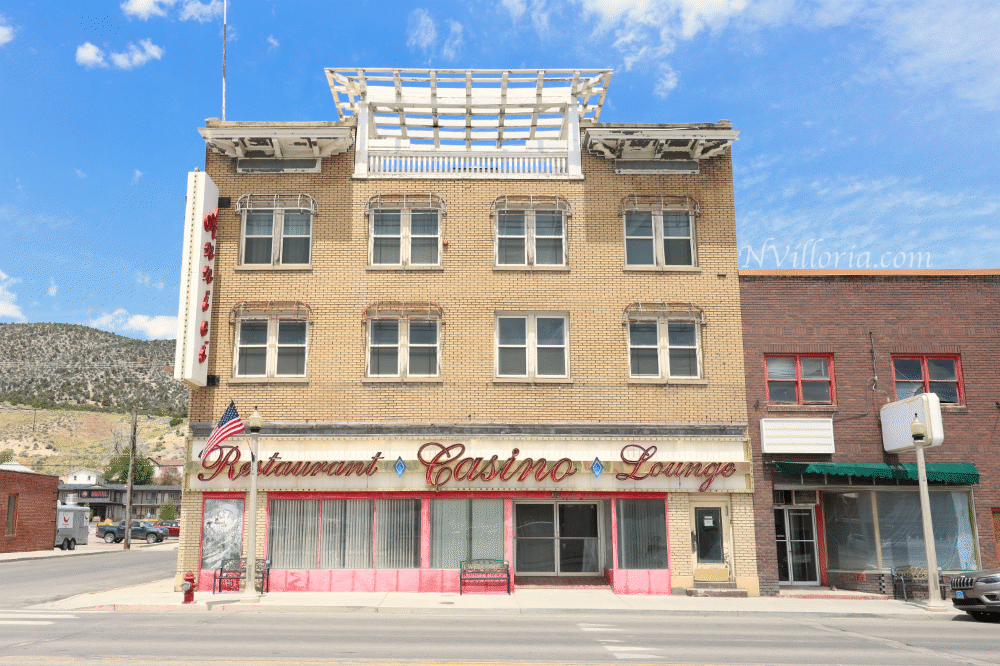
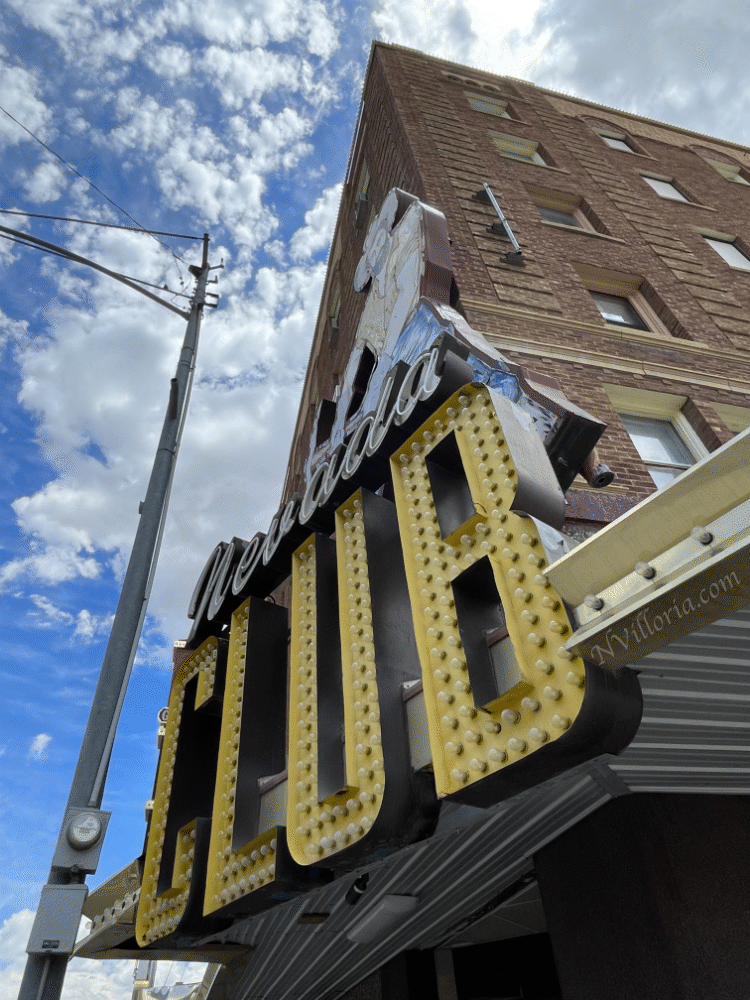
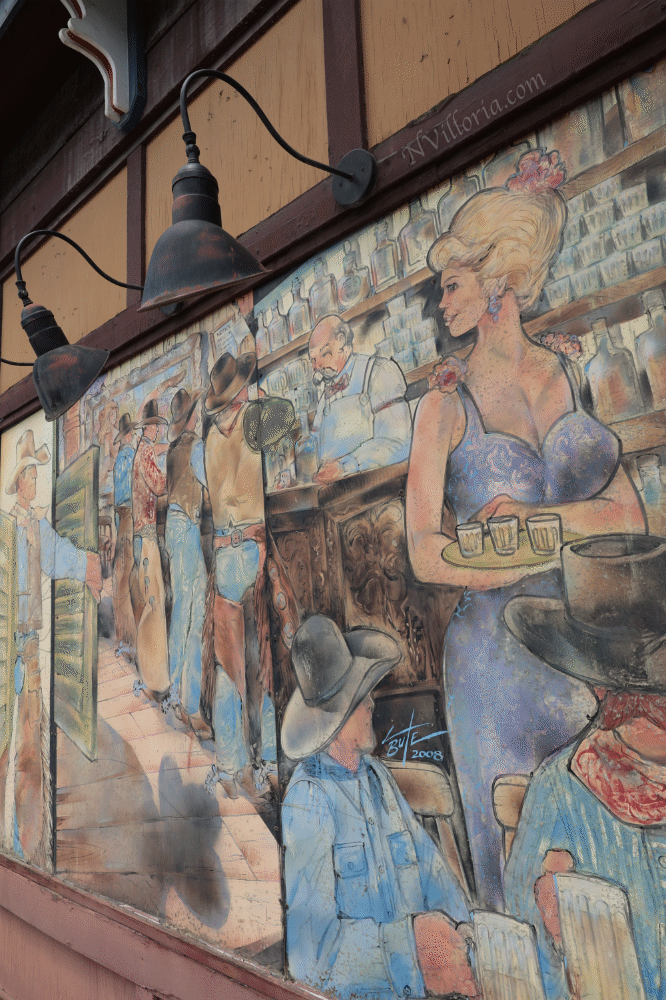
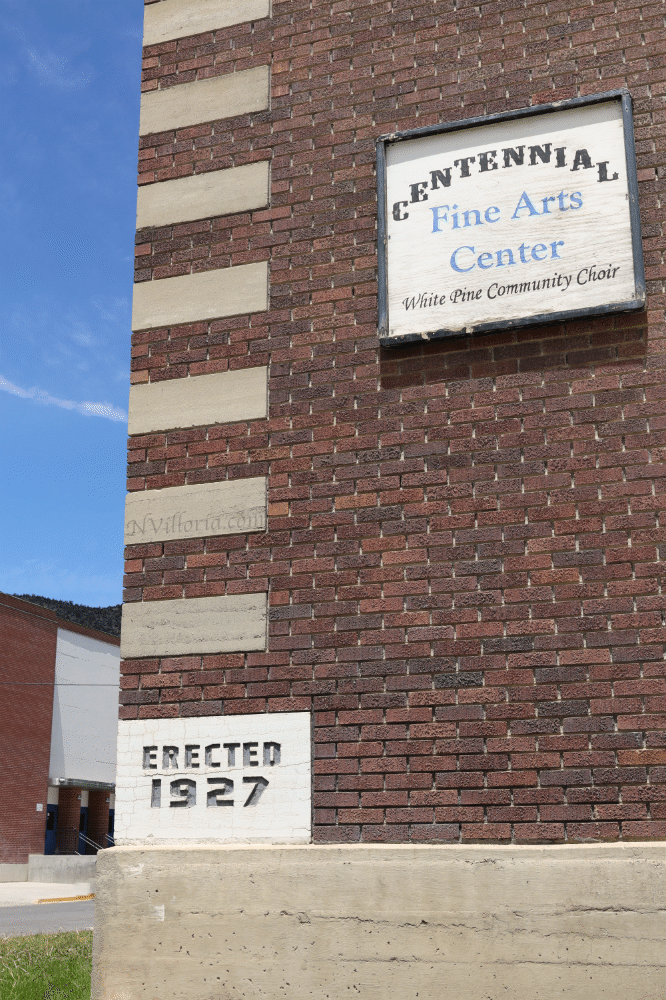
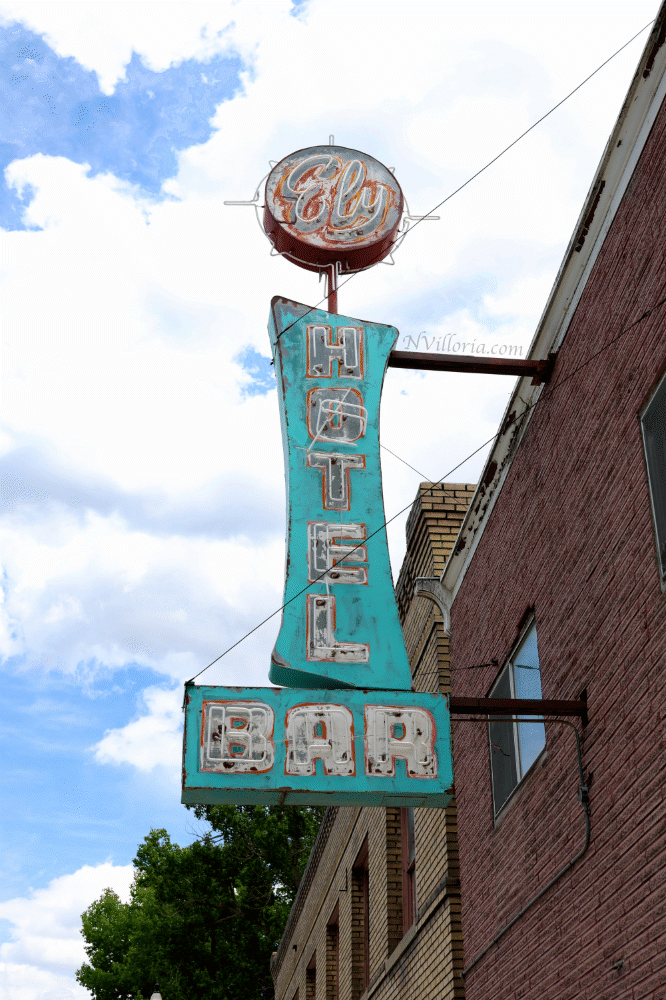
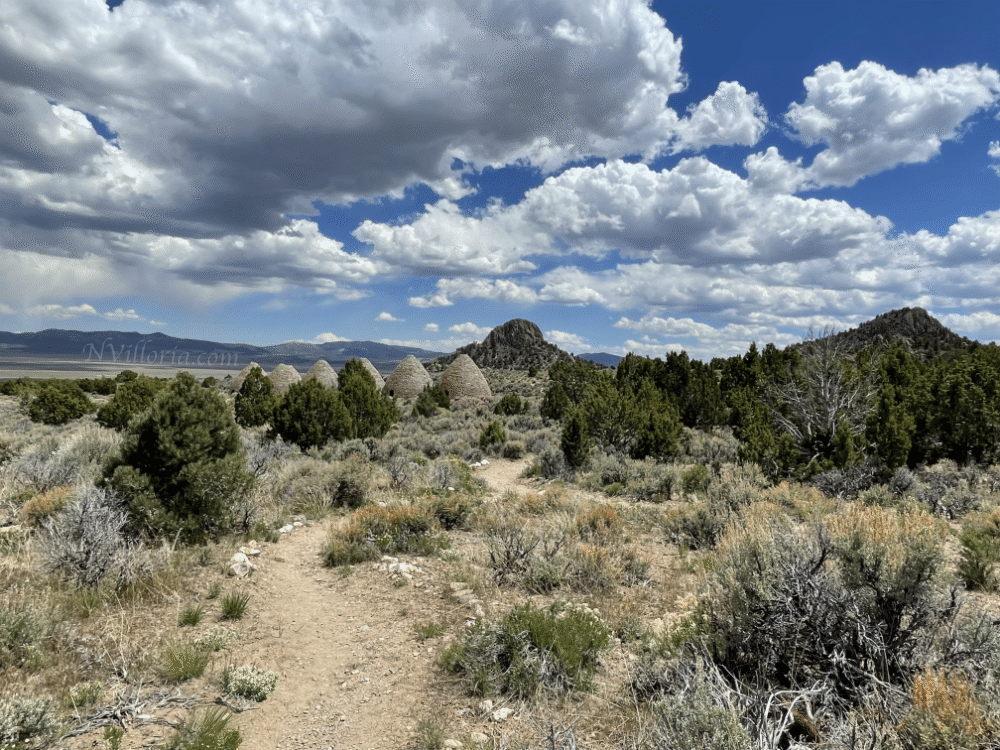
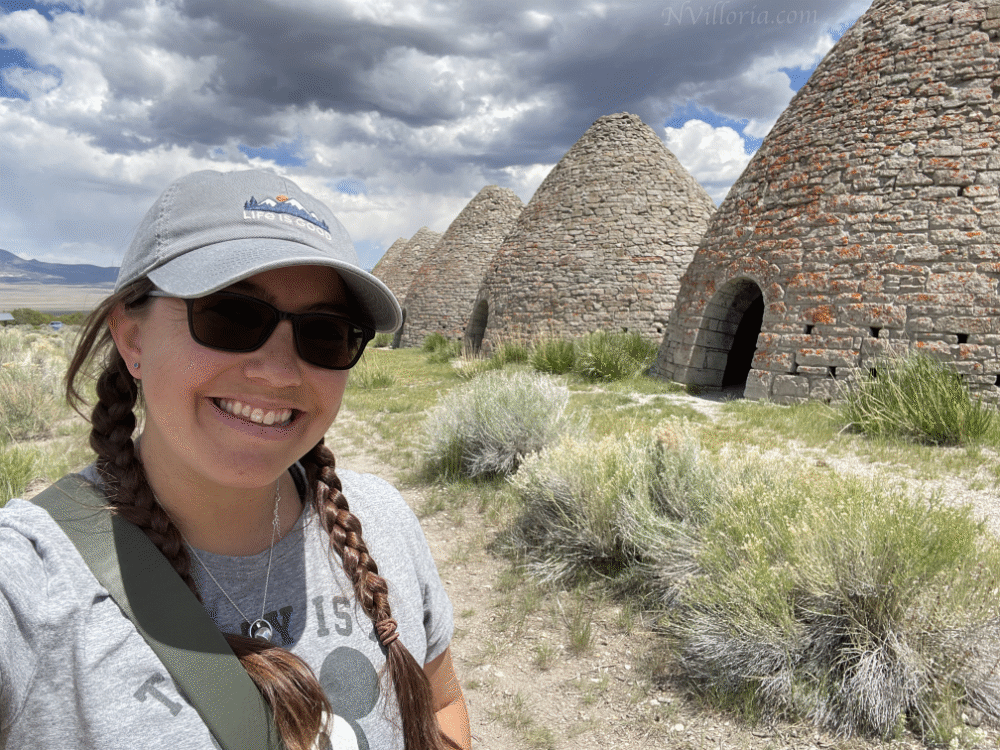

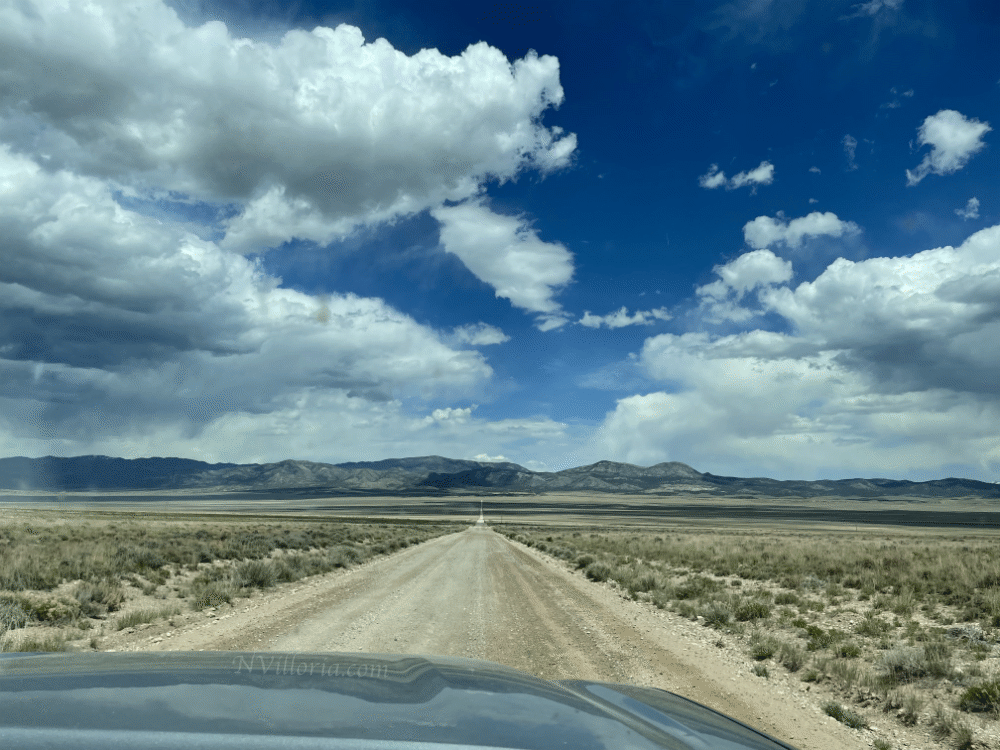
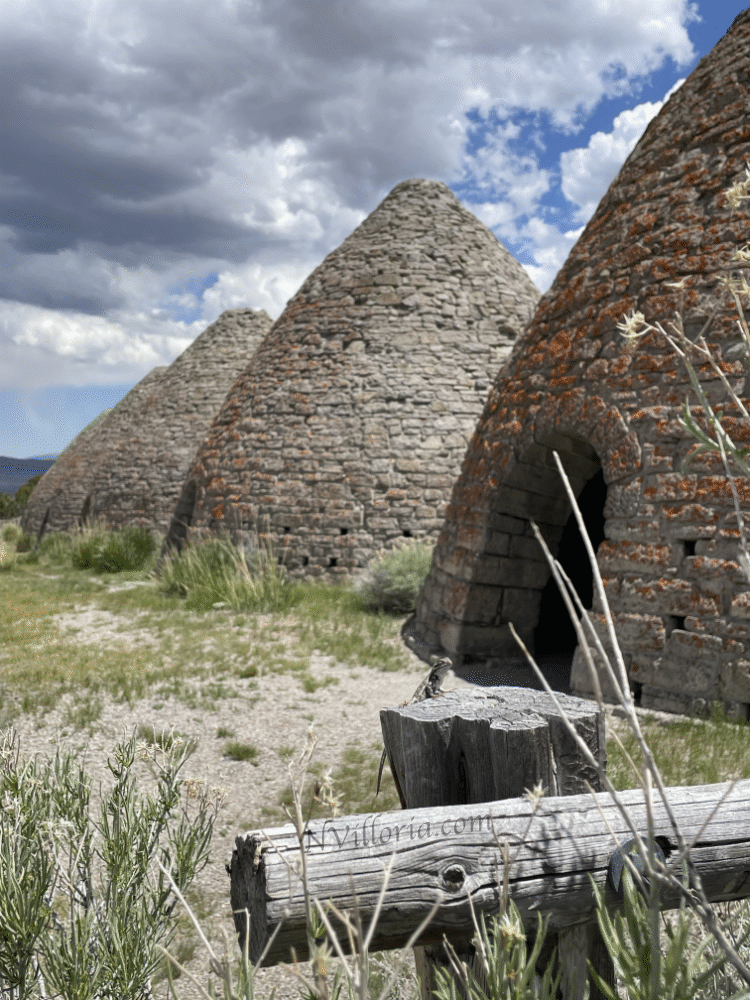
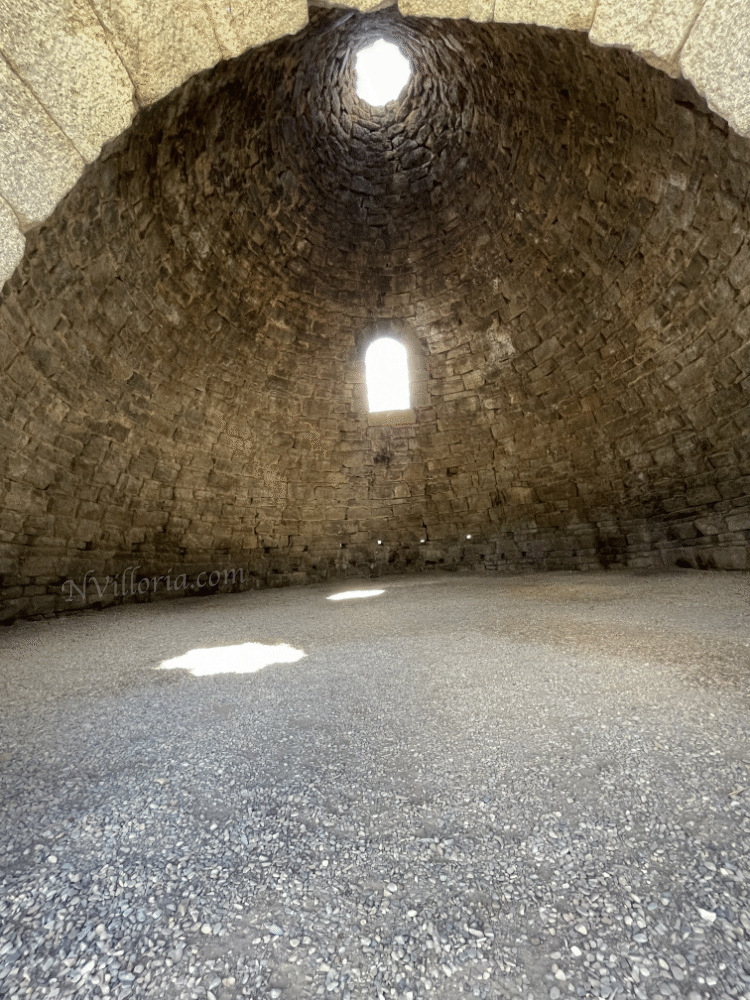
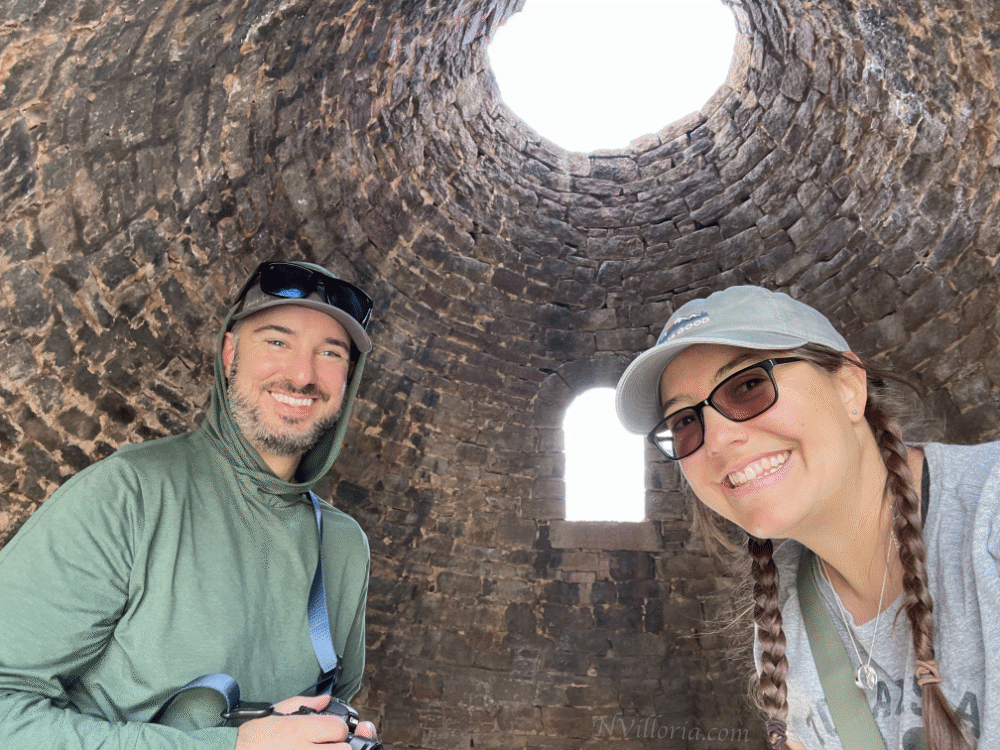
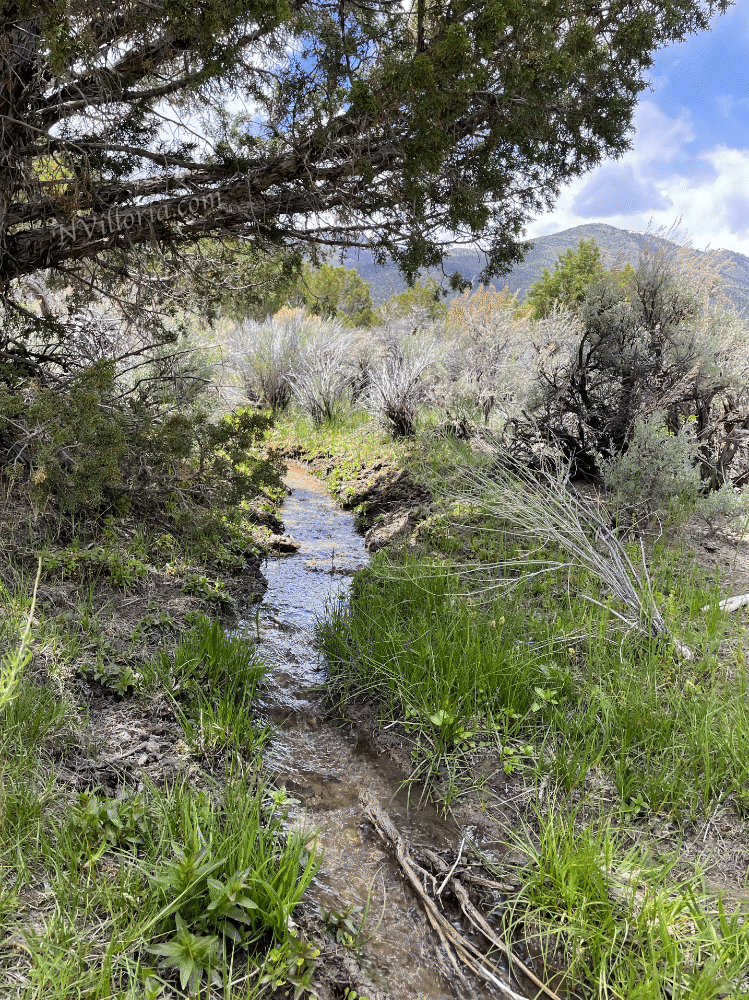
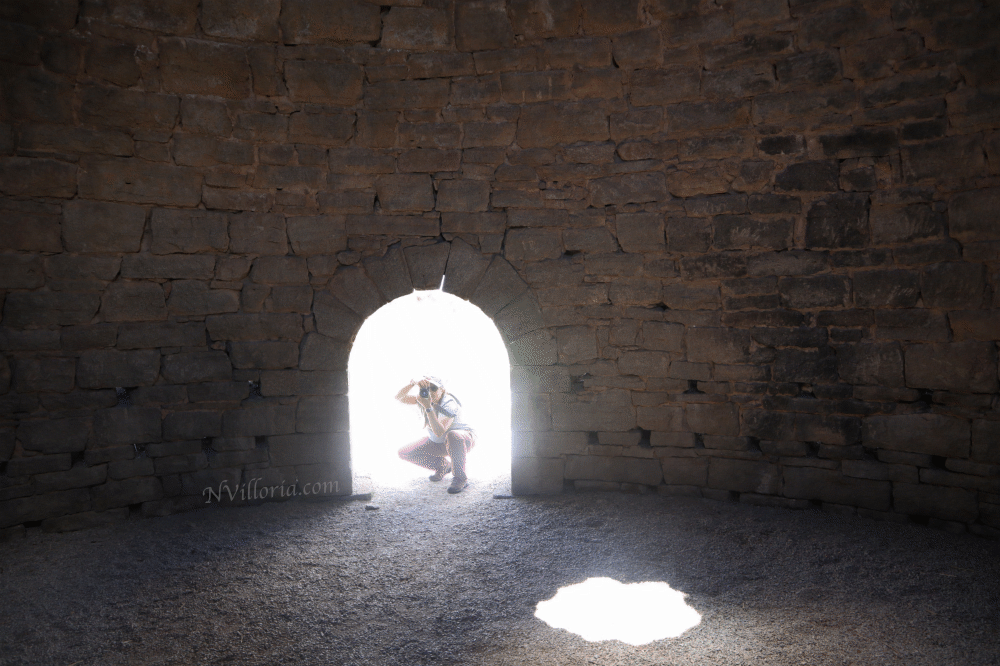
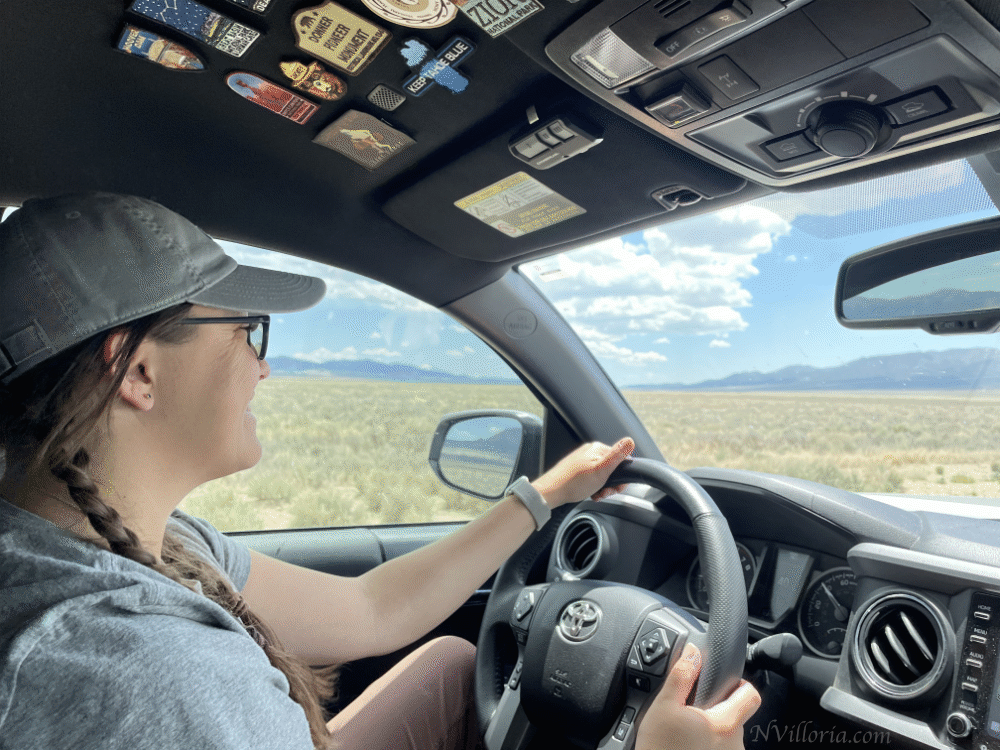
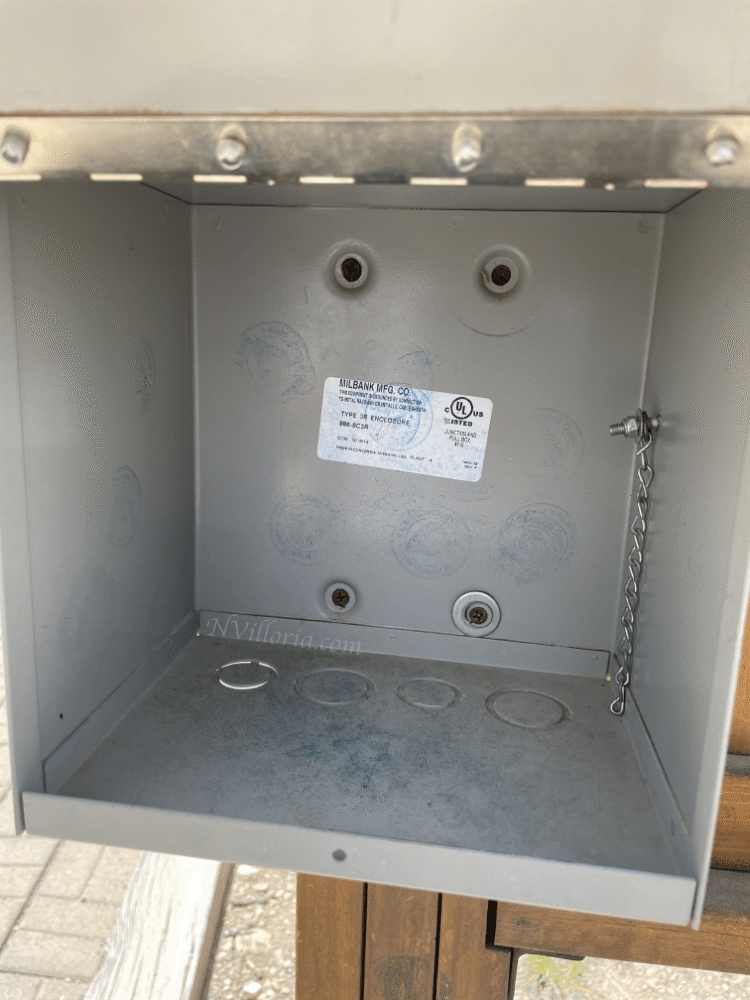
Comments